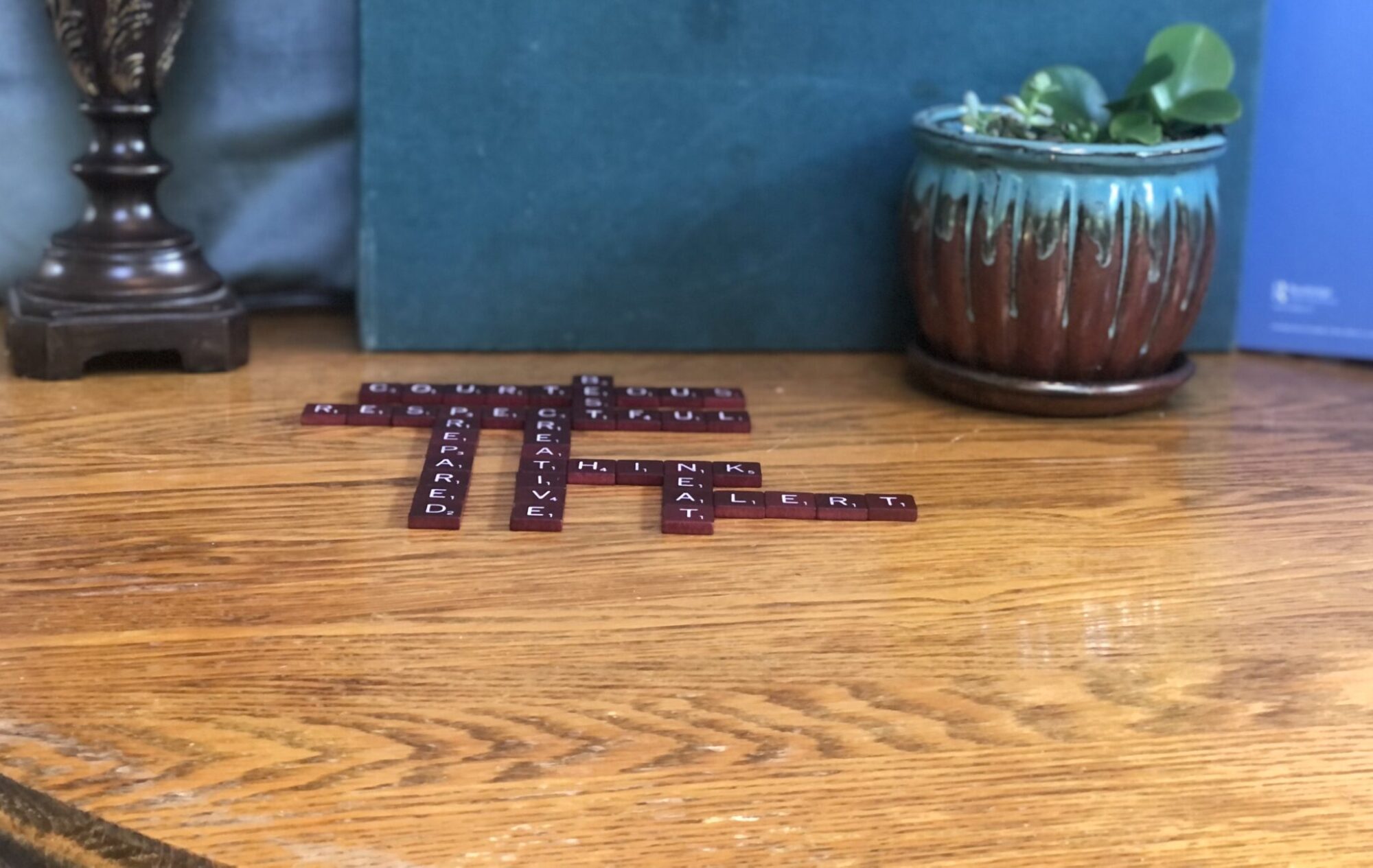Have you ever felt an immediate connection with a product or service? Have you sought an answer to a problem you’ve been thinking about then saw an ad related to it on a favorite website or television program? How about your favorite retailer, either in-store or on-line? Have you wondered why the layout, policies, merchandise, etc. for that store fits what you prefer so well? Marketers, whether those employed by for-profit businesses, academic institutions, or private research firms, use theories, concepts, models, and methods borrowed from psychology, sociology, social psychology, and other fields to determine what people prefer, when they desire it, and other consumption related answers.
Consumer behavior is a marketing subdiscipline and understanding it is an important factor in successful marketing efforts. The marketing concept states that the purpose of an organization is to discover and then satisfy its intended customers’ needs and wants with appropriate goods and/or services. (See our content on the marketing concept here in Resources.)
Marketers must acquire consumer preference data and interpret it correctly to reach the insights necessary for practices such as market segmentation and product differentiation. Consumer behavior research provides the fuel for carrying out marketing strategy.
A good starting point for gaining better understanding of your customers and potential customers is the consumer decision process. By knowing the steps your customers go through to obtain your products and services you can better prepare those offerings and create more effective and timely messages supporting them. Here’s the basic process:

As shown in the diagram, the process starts whenever a consumer realizes a need or want for some solution or benefit. The consumer then attempts to gather information from memory and/or outside sources to try to determine how to proceed. Once (or perhaps if) some potential solutions are found, these are then examined to either select one or put off the decision and forgo the potential benefit. If it is the former, the consumer obtains the product or service and uses it. After some amount of time, depending on how big the purchase is (e.g., is it a new brand of cereal or a new car?), the consumer then thinks about how successful the experience has been and can draw on the consumption itself as well as the purchase procedure in future similar decisions. The arrows pointing from the middle stages back to earlier ones represent consumers revisiting those earlier steps as new information is learned. This would be more likely to occur when more important, complex, and/or expensive purchases are being considered.
Marketers can use the process to help design better communication efforts, customizing messages for customers depending on how far along in the process they are. Messages are often also associated with triggering the first stage of need recognition. For more examples and discussion, view our YouTube video on the decision process. Here is the link:
Video: The Consumer Decision Process
